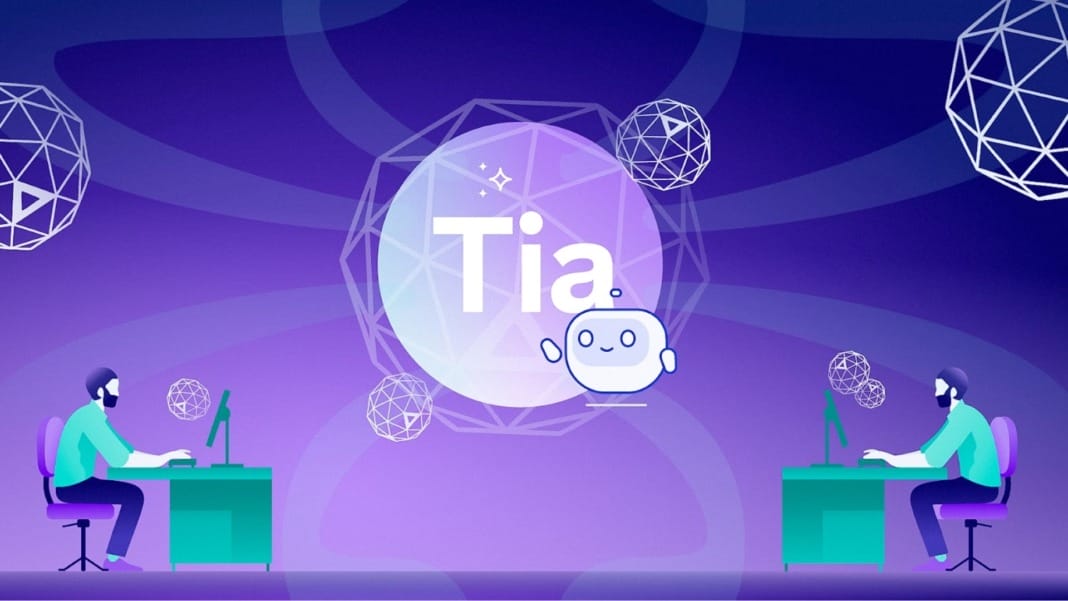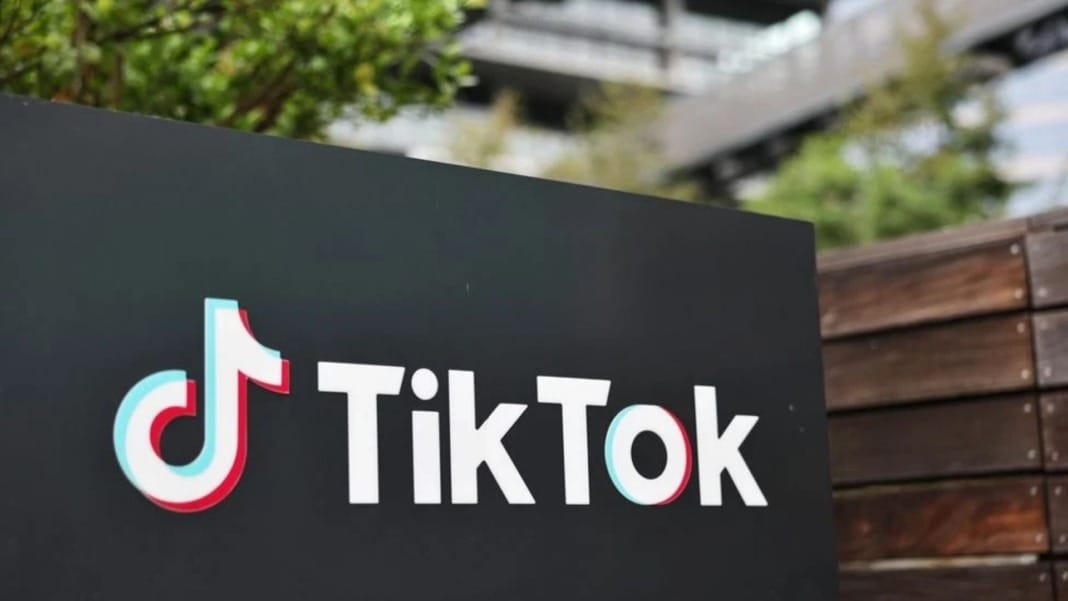Neo4j has launched an interactive AI-driven visualisation that analyses the internet’s most active Stranger Things fan theories to forecast what may unfold in the show’s final season. Called HopperGraph, the project draws from 150,000 Reddit posts, 234,000 nodes, and 1.5 million relationships to create a detailed map of connections between characters, themes, and communities. Neo4j says the analysis offers a way to understand which fan predictions carry the most weight as the series heads toward its conclusion.
The company built HopperGraph by examining Reddit’s tightly interconnected discussion threads, where theories often form long before episodes air. By mapping these relationships, Neo4j is able to illustrate how ideas spread, evolve, and gain traction across different fan groups. Visitors can explore the findings through an interactive microsite at strangergraphs.com, guided by AI agents modelled after characters from the show.
Stephen Chin, Vice President of Developer Relations at Neo4j, said the project reflects the principles that power both the Stranger Things narrative and graph data analysis. “Stranger Things is built on unknown connections between characters, timelines, and worlds, and that’s what Neo4j specialises in,” he said. “With HopperGraph, we wanted to show how graph database and analytics technology can reveal hidden relationships between ideas, people, and possibilities, from the Upside Down to the everyday.”
Using AI and graph analytics to identify leading theories
HopperGraph runs on Neo4j AuraDB and uses natural language processing and community detection algorithms to surface which groups of fans have historically predicted storylines most accurately. By tracking recurring themes and cross-season patterns, the system highlights clusters of users whose theories have proven correct more often than chance.
The experience also features “Stranger Agents”, Neo4j’s AI chatbots powered by GraphRAG. These agents use the show’s character backstories as a lens for interpreting the data. They connect narrative arcs and emotional cues to offer predictions through the perspectives of Eleven, Max, and others, giving fans a familiar entry point into the analysis.
Neo4j’s review of more than 150,000 posts surfaced several theories that the company says show strong signals based on historical accuracy, community consensus, and narrative weight. According to the analysis, some fans believe Hawkins could face a full-scale takeover by the Upside Down, resulting in a darker and more emotional conclusion. Others suggest Eleven may enter Henry Creel’s mind with help from Will Byers to uncover the key to ending the threat. Max Mayfield’s potential survival and her link to Vecna’s downfall also appear prominently. Several communities predict that Eleven, Max, and Will could work together in the final confrontation, while one theory proposes that Will may sacrifice himself to ensure Vecna’s defeat.
These ideas are drawn from measurable patterns within fan discussions, which Neo4j says demonstrate how graph intelligence can turn collective speculation into structured insights.
From fandom data to real-world applications
Although HopperGraph is rooted in one of pop culture’s most dedicated fan communities, Neo4j emphasises that similar methods are used every day in complex real-world scenarios. Its graph database technologies support areas such as fraud detection, medical research, and explainable AI.
Chin said the project highlights the broader relevance of graph analysis. “Whether it’s mapping theories or mapping the real world, graph technology reveals how everything connects,” he said. “The same insights that help us predict the fate of Hawkins also help organisations uncover truth and context in their own data.”
HopperGraph is now available for fans to explore online, offering AI-guided conversations with Stranger Things character agents and a visual breakdown of many of the most influential predictions.





